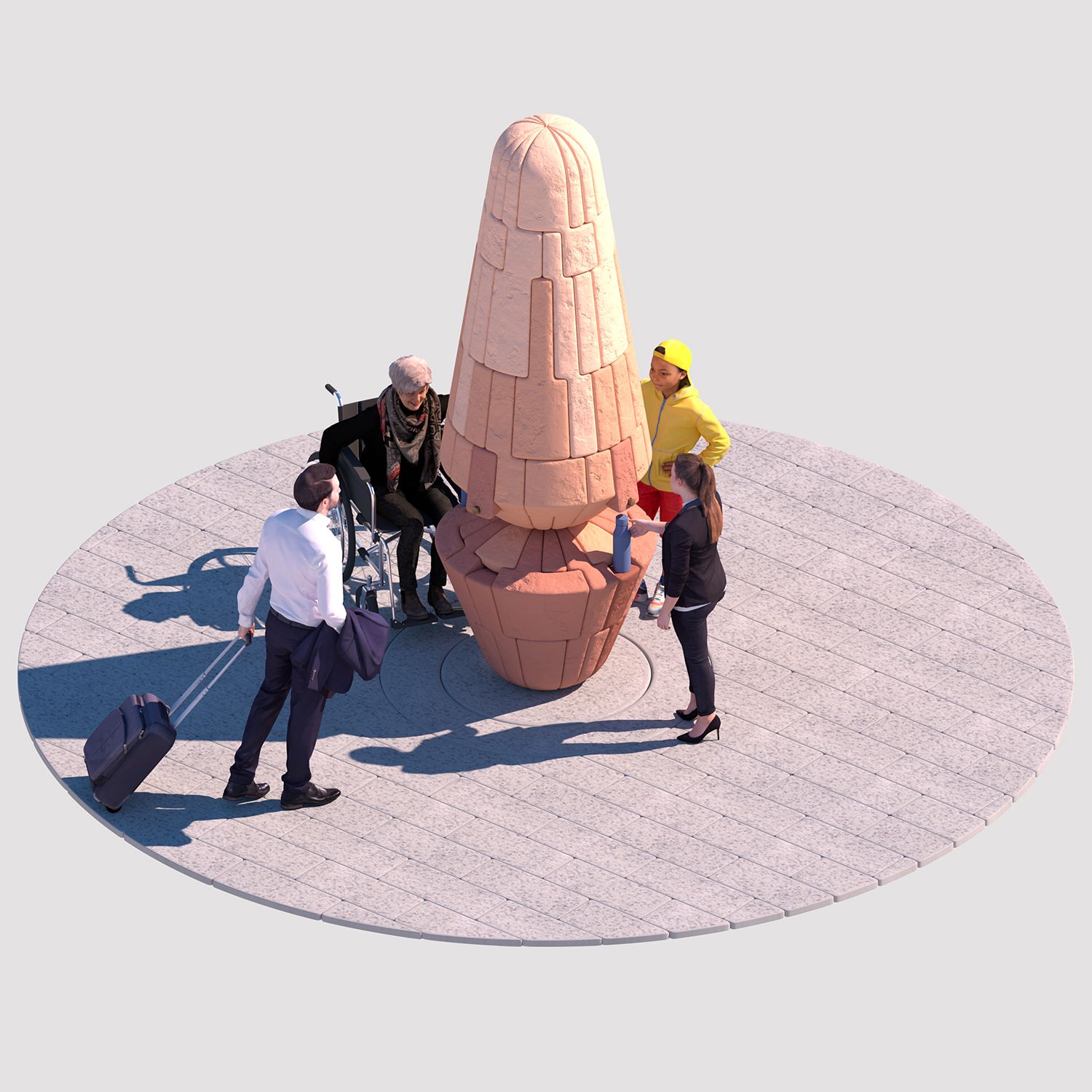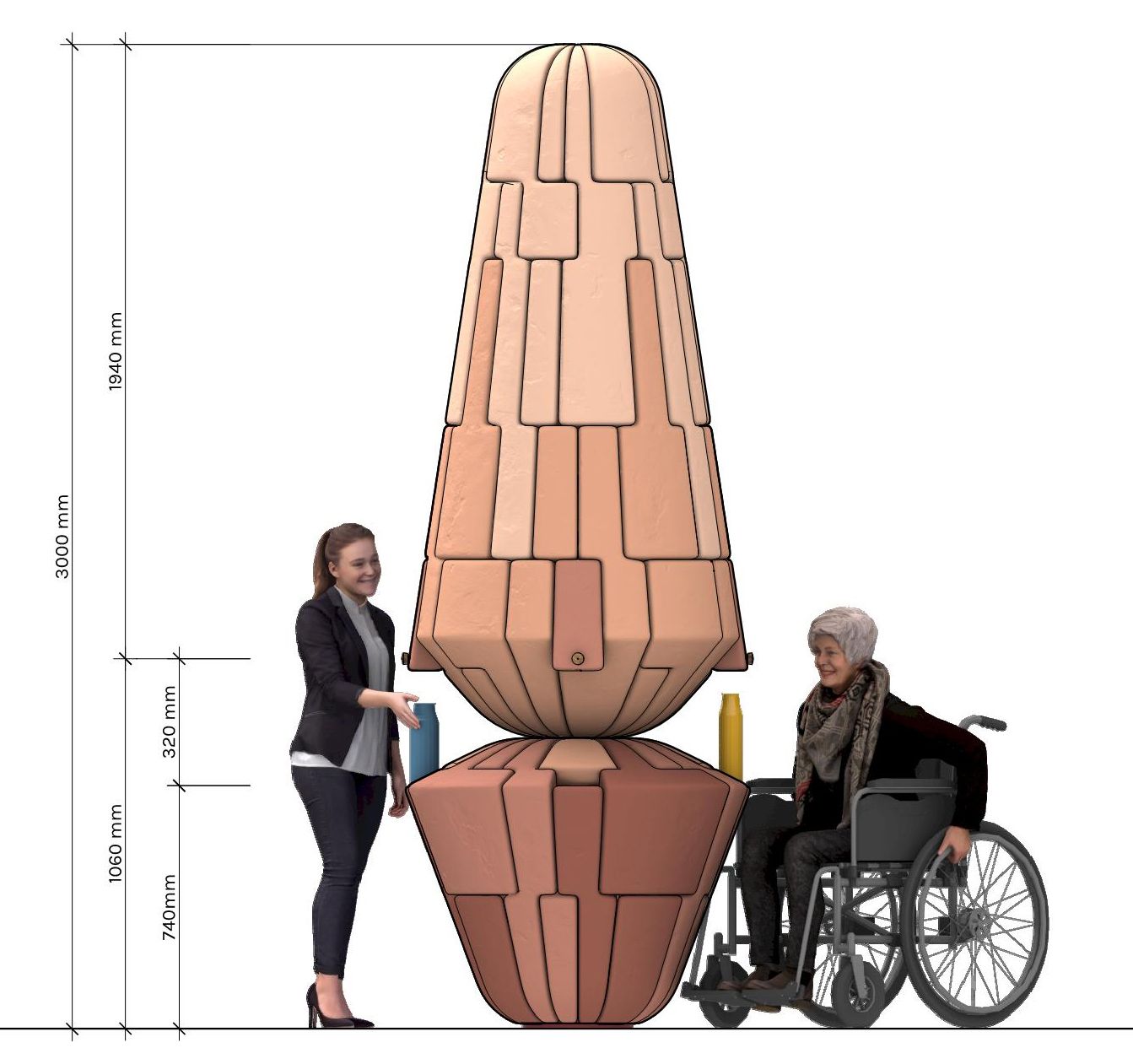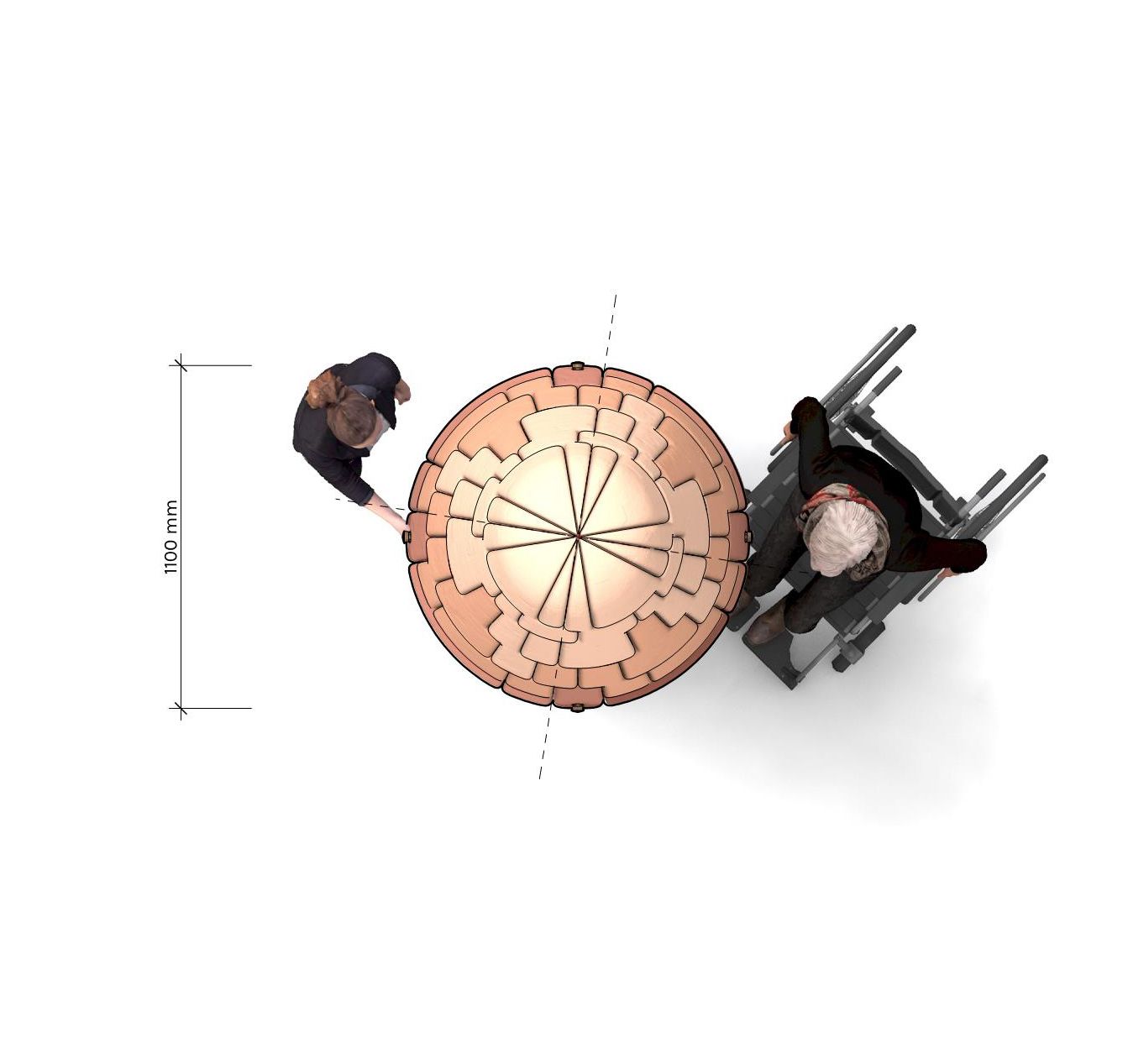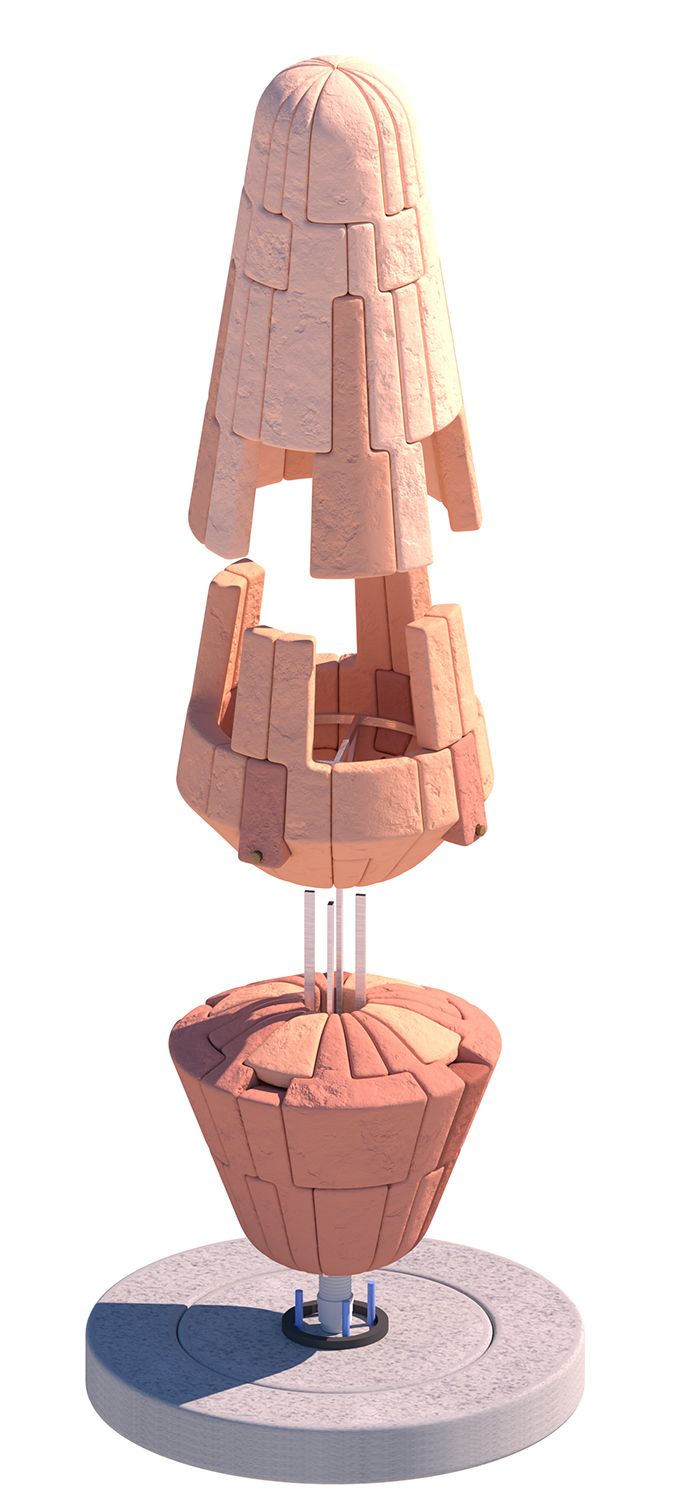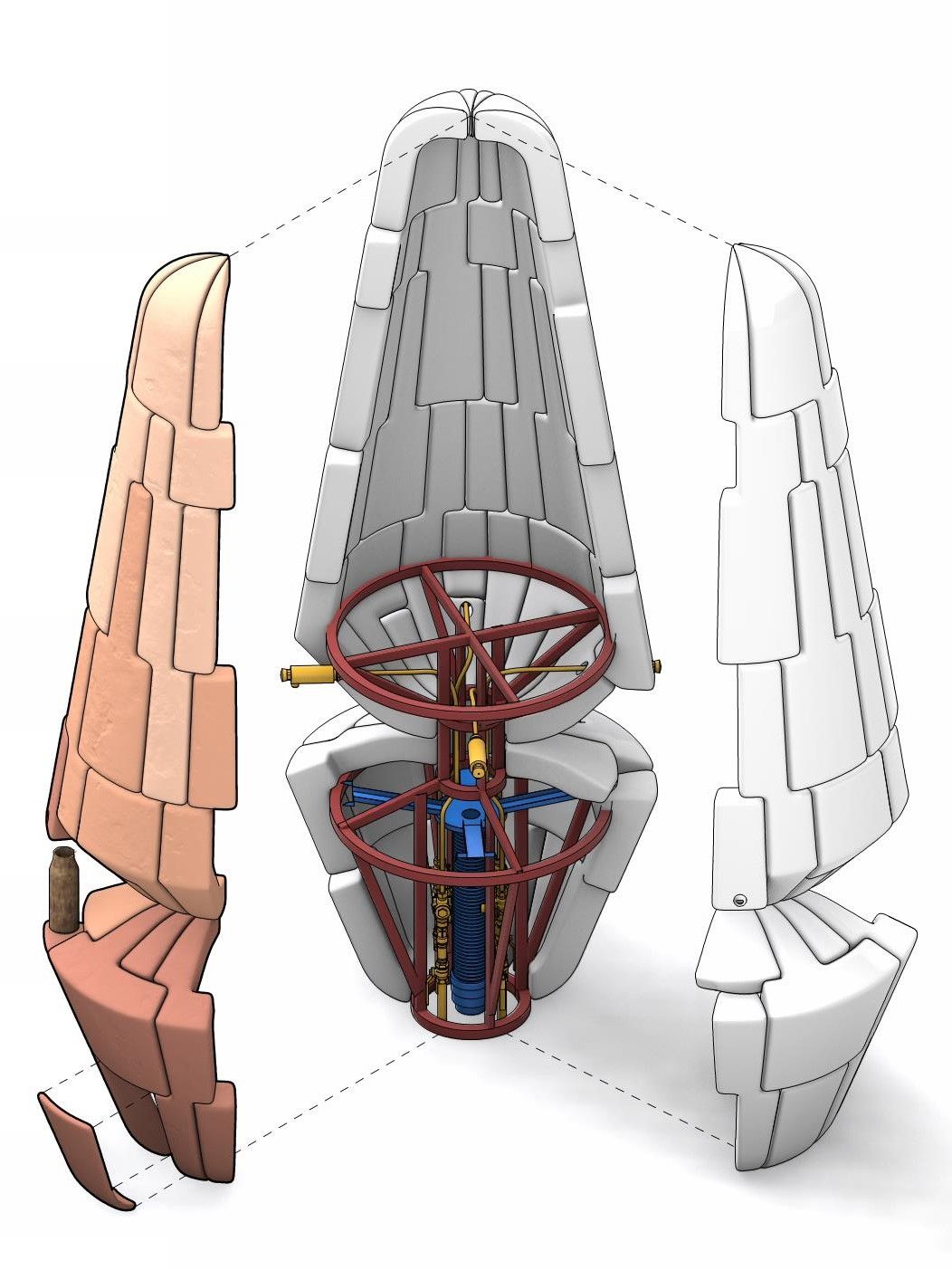T—018—HWF
Meet me at the Fountain
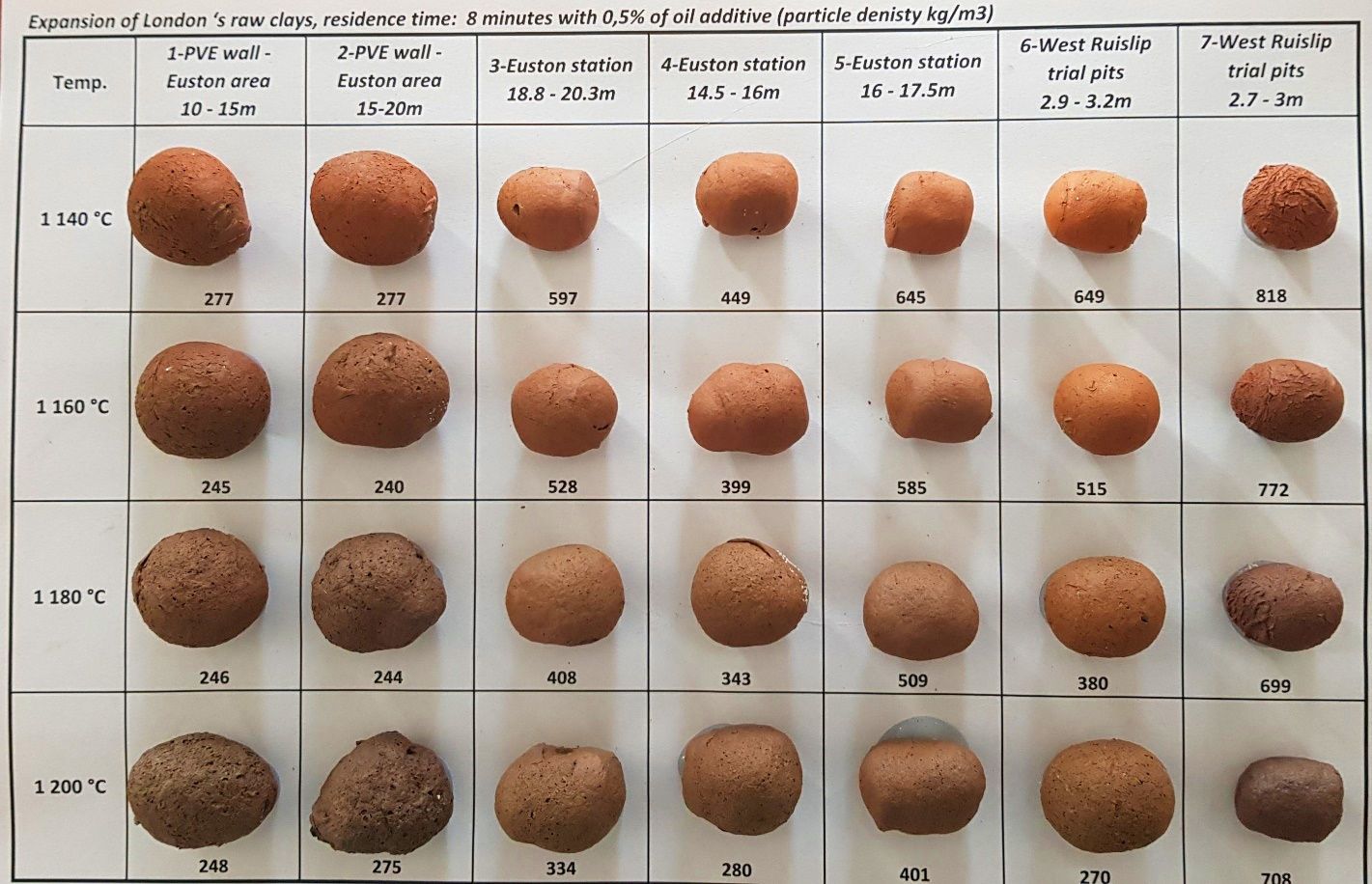
Reference
T—018—HWF
Project
Infrastructure + Public Art
Location
Multiple Locations
Client
HS2
Consultants
Studio ThusThat, The Place Bureau
Design Team
Brando Posocco, Madhav Kidao
Status
Competition
Introduction
The UK’s identity has been moulded by the nation’s epic geology and the landscapes and cityscapes that emerge from its folds. Grounding the cultures and societies of major regions — London chalks and Thames Estuary clays built the capital, Black Country coal seams fuelled the Midlands growth, the Potteries clayfields defined its craft, and Millstone Grit of Greater Manchester bore fast flowing rivers at the heart of an industrial revolution.
Inspired by this geology and its symbol of deep time, we drew upon clay as our common terrain. A material found across the UK, yet diverse in make up and colour in every region. Clay is innately connected to water; a purifying material through which water flows clean. Our approach investigates and samples natural clays across the lands that HS2 traverses. This approach is equally about showing the land’s diversity as it is about showing a unified thread across it – much as the railway ties together varied landscapes and different peoples. Our starting point for the physical design was to create a marker that is timeless and iconic, representative of both its manufacture and its origins.
We intended to use the natural clays excavated from various points along the route during the construction of the railway. Through a process of medium temperature calcination these clays can be activated for use as a novel eco-concrete, known as a ‘geopolymer’. Rather than becoming a ceramic this is a form of mortar that can be cast as concrete could. Each clay imparts a different soothing pastel shade in the final eco-concrete body. The clays chosen would reflect both on the landscape and the local uses of the clays such as those found in local bricks. We are using new research in material science and civil engineering to create alternative concretes that are durable, strong, aesthetically pleasing, and with an up to 80% reduction in C02 footprint. This material has the added properties of having high corrosion resistance as well as the ability to filtrate pollutants, particularly in water.
